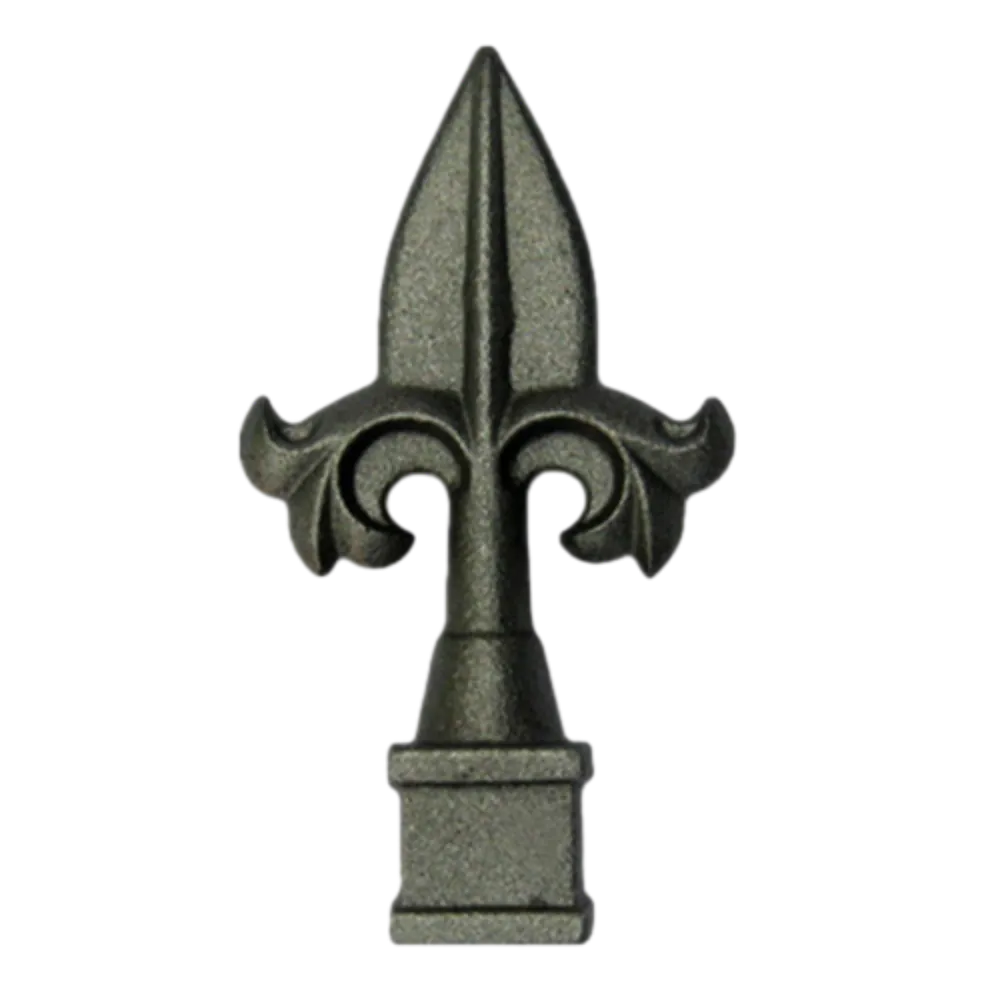Cast Iron Collars and Bushings for Enhanced Durability and Performance in Industrial Applications
The Importance of Cast Iron Collars and Bushes in Industrial Applications
Cast iron collars and bushes play a pivotal role in various industrial applications, owing to their durability, strength, and resistance to wear and tear. These components are essential in machinery and equipment where precise fit and alignment are crucial for optimal performance. This article explores the significance, uses, and manufacturing aspects of cast iron collars and bushes.
What are Cast Iron Collars and Bushes?
Cast iron collars are ring-shaped components used to provide structural support and alignment in rotating machinery. They are often fitted around shafts or other cylindrical elements to prevent lateral movement, ensuring that components remain securely in place during operation. On the other hand, bushes, commonly referred to as bushings, are cylindrical liners inserted into holes within machinery to reduce friction and wear between moving parts, enabling smoother operation.
Benefits of Cast Iron
Cast iron, a versatile material, is an alloy of iron, carbon, and silicon. The unique composition provides several advantages that make it ideal for collars and bushes
1. High Wear Resistance Cast iron shows excellent wear resistance, making it suitable for heavy-duty applications where prolonged contact between moving parts can lead to rapid degradation.
2. Dimensional Stability Due to its low thermal expansion coefficient, cast iron maintains its shape and size under varying temperature conditions, a crucial factor in precise machinery operation.
3. Cost-Effectiveness Compared to other metals and alloys, cast iron is relatively inexpensive to produce, making it a popular choice for mass production.
4. Damping Properties Cast iron provides excellent vibration damping, which reduces noise and improves the overall efficiency and lifespan of machinery.
Applications of Cast Iron Collars and Bushes
The applications of cast iron collars and bushes are diverse and span across various industries, including
cast iron collars and bushes

- Automotive Industry In automotive manufacturing, collars and bushes are used in engines, transmissions, and steering systems to minimize wear and ensure proper alignment of gears and shafts
.- Construction Equipment Heavy machinery such as excavators and cranes utilize cast iron collars and bushes to withstand the stresses of operation while maintaining alignment and stability.
- Aerospace Engineering In aerospace applications, weight savings and high performance are critical. Cast iron components are often utilized in non-structural applications where durability is needed without significantly increasing weight.
- Manufacturing Equipment Lathes, milling machines, and conveyor systems employ these components, as they enhance performance and reduce the frequency of maintenance interventions.
Manufacturing Process
The manufacturing process of cast iron collars and bushes generally involves
1. Melting and Casting The initial step includes melting iron and adding the necessary alloying elements. The molten iron is then poured into molds to create the desired shapes.
2. Machining Once the castings have cooled and solidified, machining operations are performed to achieve precise dimensions and surface finishes.
3. Quality Control Rigorous quality control checks ensure that the final products meet industry standards and specifications.
4. Surface Treatment Often, cast iron components undergo surface treatments such as grinding or coating to enhance their performance characteristics and protect against corrosion.
Conclusion
In conclusion, cast iron collars and bushes are integral to the functionality and reliability of many industrial applications. Their unique properties and cost-effectiveness make them a preferred choice for engineers and manufacturers. As industries evolve, the demand for high-quality cast iron components will continue to rise, emphasizing the need for innovation in materials and manufacturing processes. Understanding the importance of these components can lead to better mechanical design and increased efficiency across various sectors.
-
Wrought Iron Components: Timeless Elegance and Structural StrengthNewsJul.28,2025
-
Window Hardware Essentials: Rollers, Handles, and Locking SolutionsNewsJul.28,2025
-
Small Agricultural Processing Machines: Corn Threshers, Cassava Chippers, Grain Peelers & Chaff CuttersNewsJul.28,2025
-
Sliding Rollers: Smooth, Silent, and Built to LastNewsJul.28,2025
-
Cast Iron Stoves: Timeless Heating with Modern EfficiencyNewsJul.28,2025
-
Cast Iron Pipe and Fitting: Durable, Fire-Resistant Solutions for Plumbing and DrainageNewsJul.28,2025
-
 Wrought Iron Components: Timeless Elegance and Structural StrengthJul-28-2025Wrought Iron Components: Timeless Elegance and Structural Strength
Wrought Iron Components: Timeless Elegance and Structural StrengthJul-28-2025Wrought Iron Components: Timeless Elegance and Structural Strength -
 Window Hardware Essentials: Rollers, Handles, and Locking SolutionsJul-28-2025Window Hardware Essentials: Rollers, Handles, and Locking Solutions
Window Hardware Essentials: Rollers, Handles, and Locking SolutionsJul-28-2025Window Hardware Essentials: Rollers, Handles, and Locking Solutions -
 Small Agricultural Processing Machines: Corn Threshers, Cassava Chippers, Grain Peelers & Chaff CuttersJul-28-2025Small Agricultural Processing Machines: Corn Threshers, Cassava Chippers, Grain Peelers & Chaff Cutters
Small Agricultural Processing Machines: Corn Threshers, Cassava Chippers, Grain Peelers & Chaff CuttersJul-28-2025Small Agricultural Processing Machines: Corn Threshers, Cassava Chippers, Grain Peelers & Chaff Cutters












